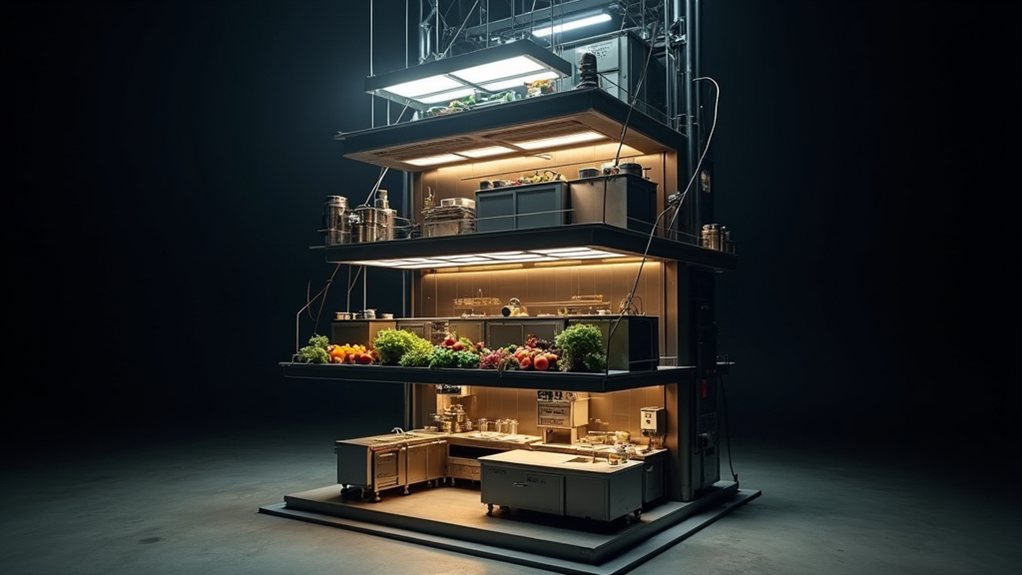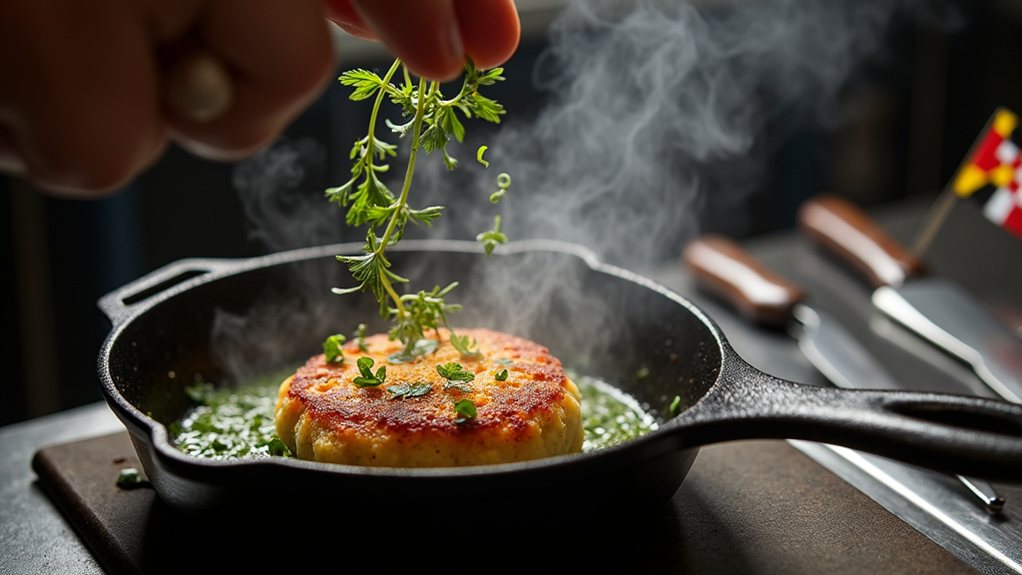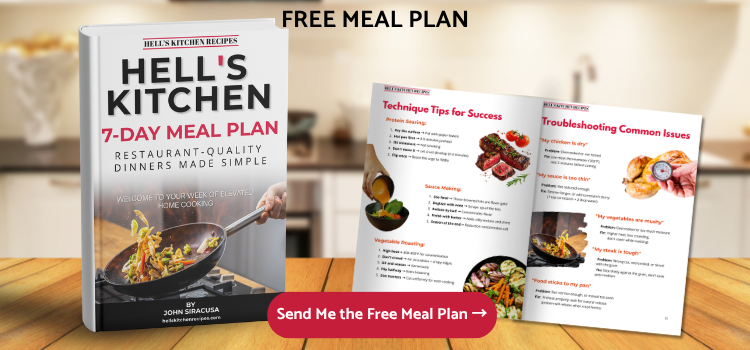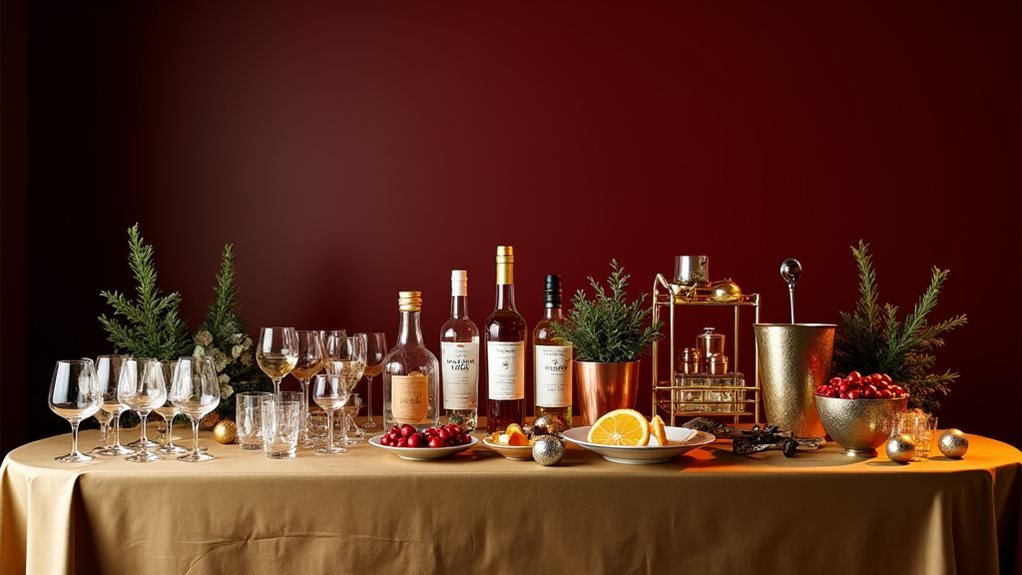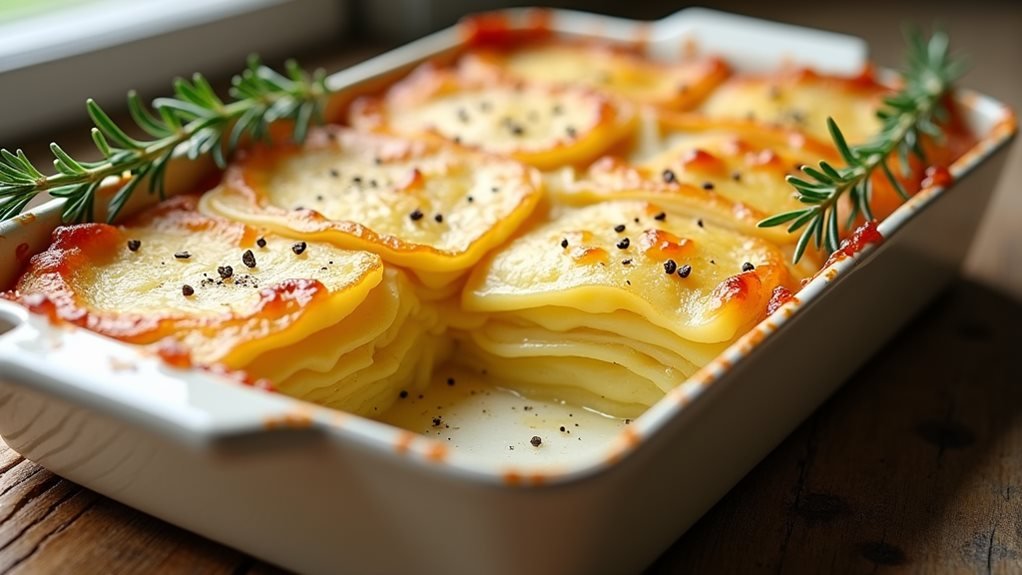The architectural marvel that is “Next Level Chef” presents viewers with a triple-decker kitchen complex, standing as a symbol of modern production design ingenuity. This vertical culinary playground, while visually striking with its industrial-chic aesthetic, masks deeper issues in the show’s execution. The format, which forces chefs to navigate different kitchen qualities and unexpected team challenges, creates a viewing experience that’s simultaneously dazzling and disorienting. The question remains whether this structural spectacle simply serves as flashy camouflage for fundamental competitive flaws.
The Towering Kitchen Experiment
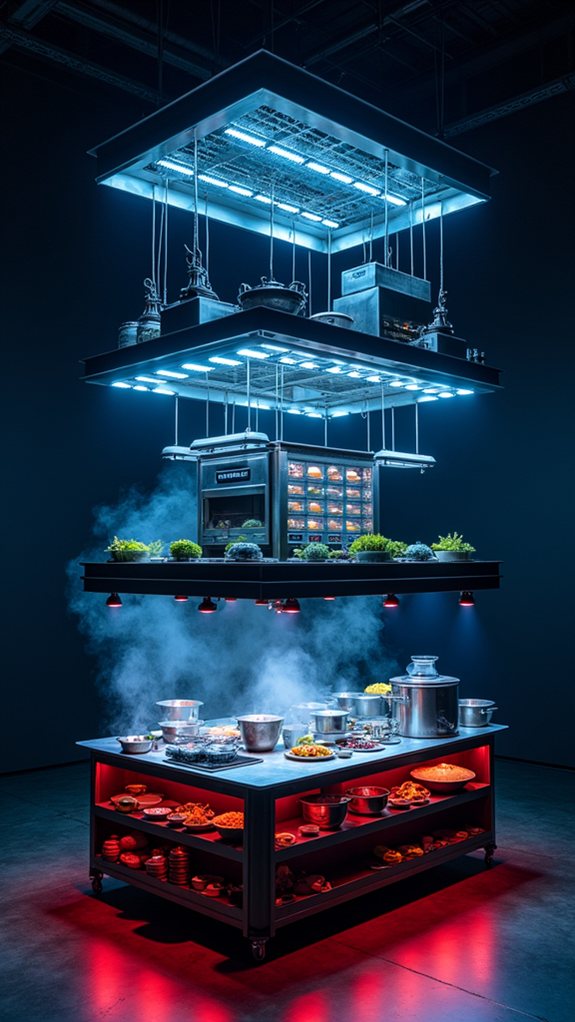
While many cooking competition shows take place on traditional sets with conventional kitchen arrangements, Next Level Chef has transformed the culinary television landscape with its innovative three-kitchen vertical structure. Standing approximately 50 feet tall, this towering culinary colosseum features distinctly equipped levels that challenge contestants in unique ways. The top floor boasts state-of-the-art equipment for refined techniques, the middle represents a standard commercial kitchen environment, and the bottom level saddles chefs with limited, lower-quality tools that test their adaptability and resourcefulness.
Fox’s ambitious cooking competition, judged by Gordon Ramsay, Nyesha Arrington, and Richard Blais, introduces a surprising element with its ingredient platform, which delivers food items from top to bottom, creating spontaneous challenges for competitors. The show divides contestants into teams, with winning dishes often earning immunity from elimination. The $250,000 prize and year-long mentorship under the judges raise the stakes considerably, driving chefs to push their creative boundaries. Competing chefs have only 45 minutes to prepare and cook their dishes while incorporating surprise ingredients, adding tremendous time pressure to the already challenging environment.
Next Level Chef raises culinary competition stakes with innovative ingredient delivery and substantial rewards for creative risk-taking
Despite its architectural innovation, Next Level Chef has received mixed reviews from critics. Some praise the unique format that tests chefs across different kitchen environments, while others find the competition structure overcooked and convoluted. The evolving rules across seasons, including team disbandments and time adjustments, may contribute to this perception of format complexity. The show draws inspiration from Ramsay’s other hit series Hell’s Kitchen, known for its high-stakes challenges and intense culinary showdowns.
The show’s 43-minute episodes must balance showcasing culinary skills, personal stories, and the dramatic tension of elimination. The production employs a multi-camera setup to capture the dynamic three-tiered environment, allowing viewers to appreciate both the grandeur of the set and the intricate details of the cooking process.
While Next Level Chef has secured renewal for multiple seasons, suggesting a loyal viewership, its innovative physical structure hasn’t fully resolved the format fatigue that affects many cooking competitions. The show ultimately demonstrates that even the most impressive culinary playground can’t completely overcome the challenges of finding fresh approaches to televised cooking contests. The series premieres on ITV and is available on ITV Hub with new episodes released weekly.
